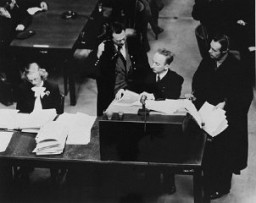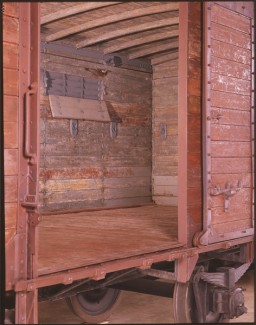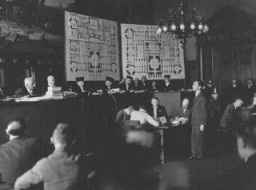You searched for: 線下推廣活動方案【TG飞机:@bapingseo】代谷歌seo开户霸屏靠谱【TG电报:@bapingseo】科摩罗facebook推广【Telegram:@bapingseo】买球的app排行榜推荐个买球的app幸运国际最新官方网址正规bg视讯网站?2eGy6J/Zc0Zbb.html
<< Previous | Displaying results 61-70 of 348 for "線下推廣活動方案【TG飞机:@bapingseo】代谷歌seo开户霸屏靠谱【TG电报:@bapingseo】科摩罗facebook推广【Telegram:@bapingseo】买球的app排行榜推荐个买球的app幸运国际最新官方网址正规bg视讯网站?2eGy6J/Zc0Zbb.html" | Next >>
-
Warsaw Uprising
ArticleThe 1944 Warsaw uprising was the single largest military effort undertaken by resistance forces to oppose German occupation during World War II.

-
How Many People did the Nazis Murder?
ArticleBehind the number of victims of the Holocaust and Nazi persecution are people whose hopes and dreams were destroyed. Learn about the toll of Nazi policies.

-
1943: Key Dates
ArticleExplore a timeline of key events during 1943 in the history of Nazi Germany, World War II, and the Holocaust.

-
100-meter race at the Olympic Games in Berlin, 1936
Film[This video is silent] Olympic athlete Jesse Owens won four medals at the 1936 Olympic Games in Berlin, Germany: 100-meter dash, gold200-meter dash, goldBroad (long) jump, gold4x100-meter relay, gold This footage shows Owens winning the 100-meter dash in a time of 10.3 seconds. Owens was one of the 18 African Americans (16 men and 2 women) who competed in the 1936 Olympic Games in Berlin. These athletes brought home 14 medals: 8 gold; 4 silver; and 2 bronze.

-
Railcar: Interior
ArtifactMany different kinds of railway cars were used for deportations. They varied in size and weight. The railway car on display in the United States Holocaust Memorial Museum's Permanent Exhibition is of just one type used. The dimensions of the railway car in the Museum's exhibition are as follows: Total length 31 feet 6 inches (9.6 meters); interior space for deportees 26 feet 2 inches (8 meters). Total height 14 feet (4.3 meters) from the bottom of the wheel to the highest point of the car; interior space…

-
Valises by the railcar in the Museum's Permanent Exhibition
ArtifactMany different kinds of railway cars were used for deportations. They varied in size and weight. The railway car on display in the United States Holocaust Memorial Museum's Permanent Exhibition is of just one type used. The dimensions of the railway car in the Museum's exhibition are as follows: Total length 31 feet 6 inches (9.6 meters); interior space for deportees 26 feet 2 inches (8 meters). Total height 14 feet (4.3 meters) from the bottom of the wheel to the highest point of the car; interior space…

-
Chart with the title "Die Nürnberger Gesetze" [Nuremberg Race Laws]
PhotoChart with the title "Die Nürnberger Gesetze" [Nuremberg Race Laws]. In the fall of 1935, German Jews lost their citizenship according to the definitions posed in these new regulations. Only "full" Germans were entitled to the full protection of the law. This chart was used to aid Germans in understanding the laws. White circles represent "Aryan" Germans, black circles represent Jews, and partially shaded circles represent “mixed raced” individuals. The chart has columns explaining the…
![Chart with the title "Die Nürnberger Gesetze" [Nuremberg Race Laws]](https://encyclopedia.ushmm.org/images/thumb/109130bd-4617-43ad-a556-d2955f1a4aa3.jpg)
-
The Enabling Act
ArticleThe Enabling Act of March 1933 allowed the Reich government to issue laws without the consent of Germany’s parliament. It laid the foundation for the Nazification of German society.

-
Law for the Imposition and Implementation of the Death Penalty
ArticleLearn more about the Law for the Imposition and Implementation of the Death Penalty, which the Nazis enacted after the Reichstag Fire Decree in 1933.

-
Treblinka Uprising
Media EssayUnder the most adverse conditions, Jewish prisoners initiated uprisings in some camps and killing centers. On August 2, 1943, about 1,000 Jewish inmates revolted in Treblinka.
